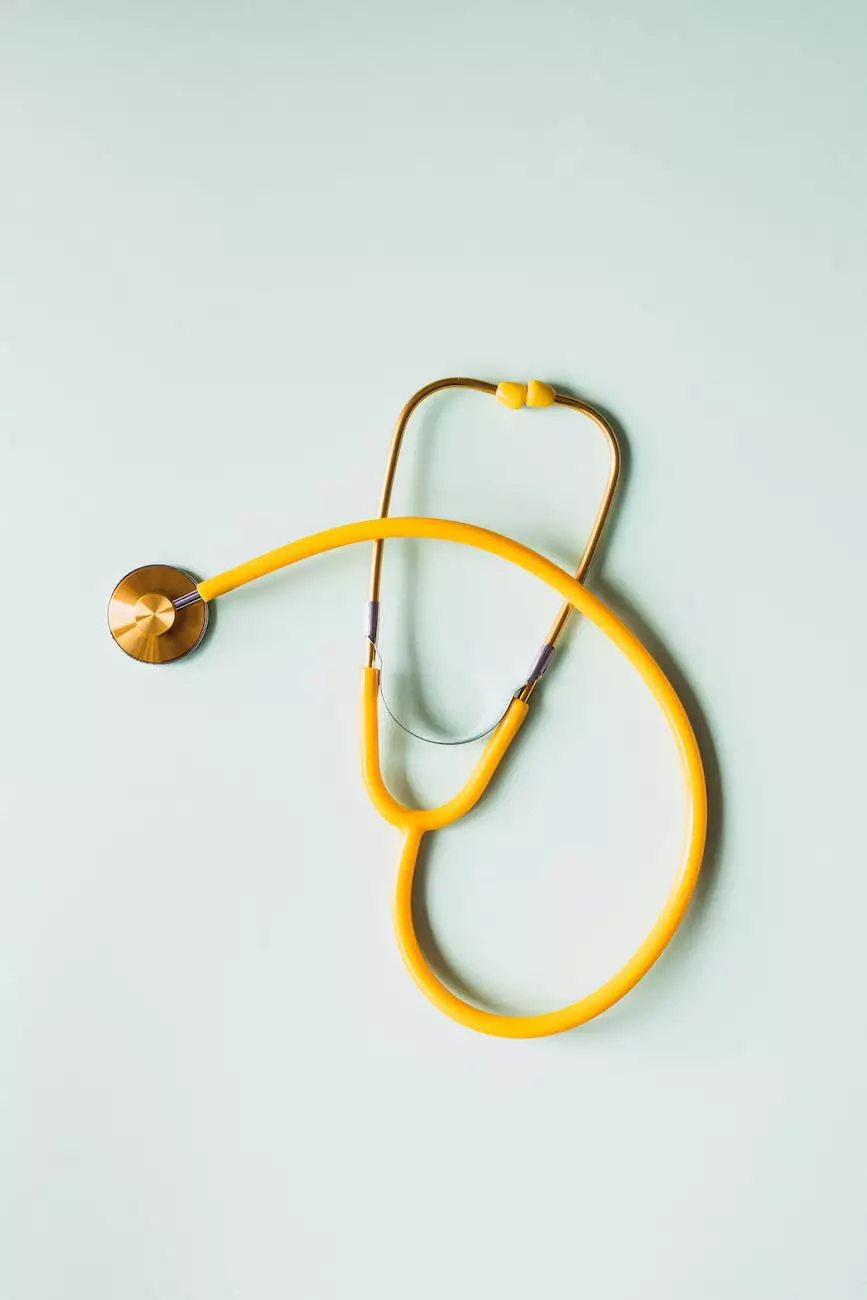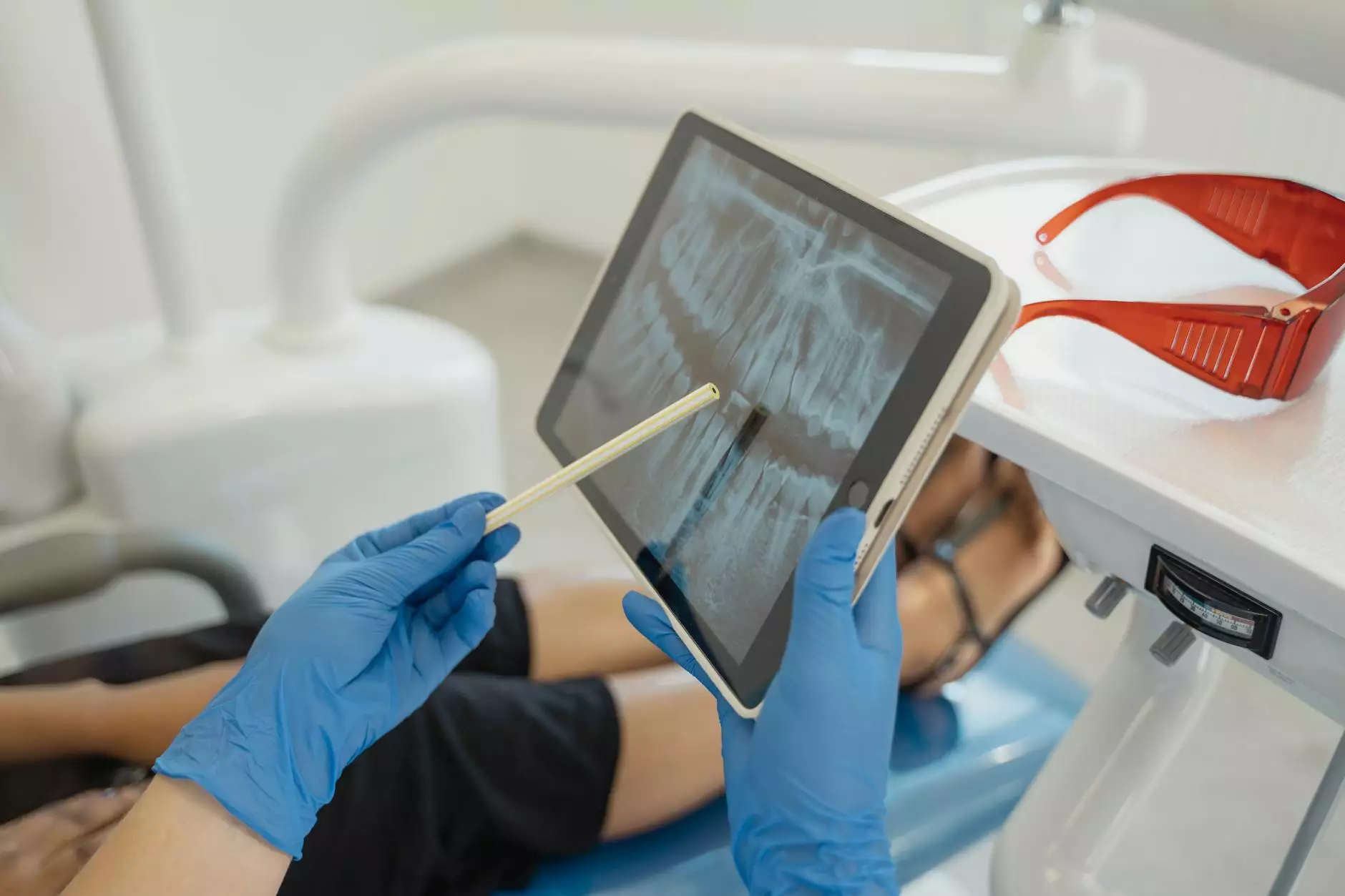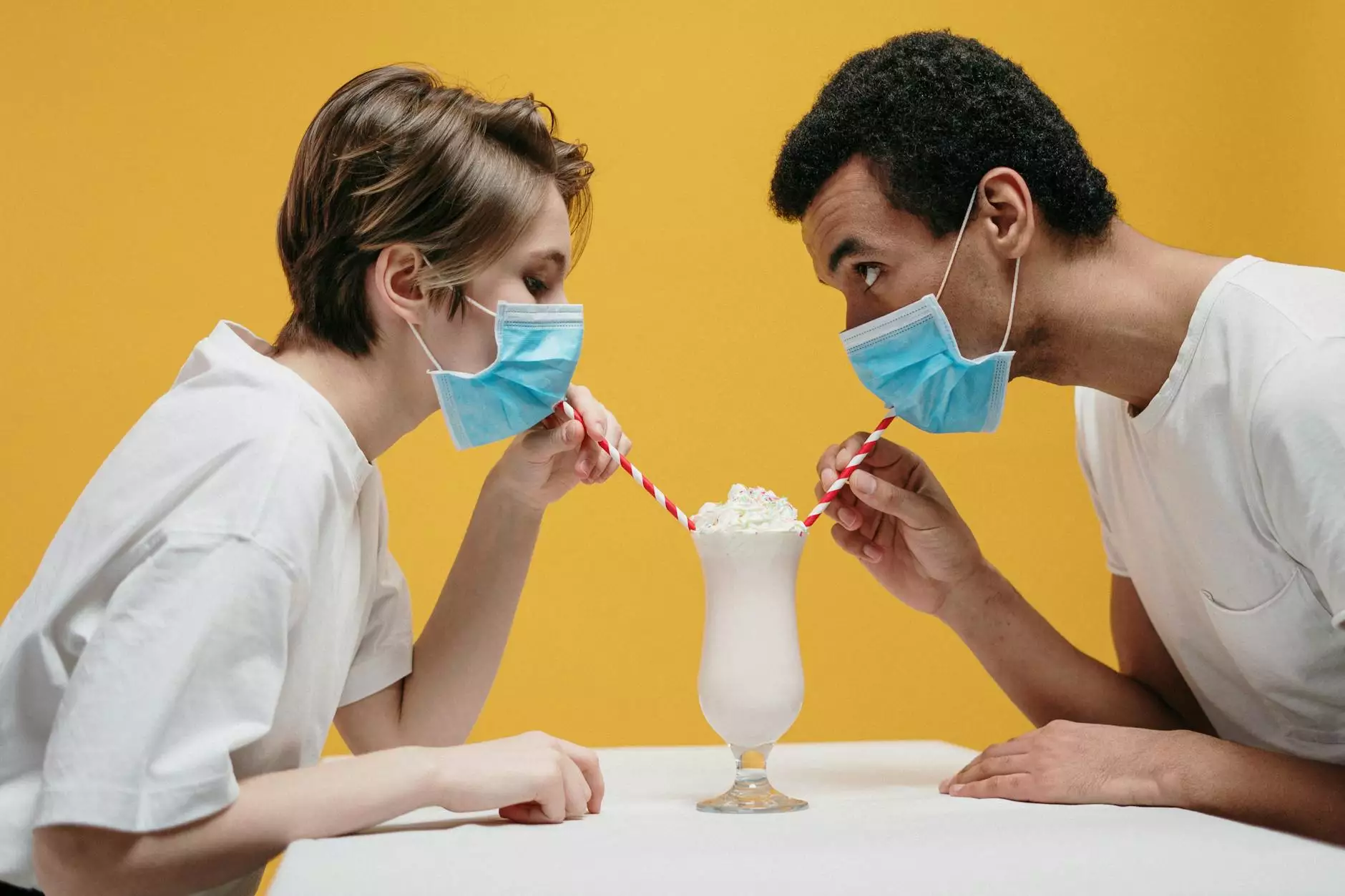Safeguarding Against the Coronavirus
About Summit Cancer
Introduction
Welcome to Sibel Blau's comprehensive guide on safeguarding against the coronavirus. In these uncertain times, it's crucial to stay informed and take the necessary precautions to protect yourself and your loved ones from COVID-19. As a trusted authority in the health industry, Sibel Blau is committed to providing accurate and up-to-date information to help you navigate through this challenging situation.
Understanding the Coronavirus
The coronavirus, also known as COVID-19, is a highly contagious respiratory illness caused by the severe acute respiratory syndrome coronavirus 2 (SARS-CoV-2). It was first identified in Wuhan, China, in December 2019 and has since spread globally, resulting in a pandemic. It primarily spreads through respiratory droplets when an infected person coughs, sneezes, or talks.
COVID-19 Symptoms
Common symptoms of COVID-19 include fever, cough, sore throat, shortness of breath, fatigue, and loss of taste or smell. These symptoms may appear within two to fourteen days after exposure to the virus. However, some individuals infected with the virus may remain asymptomatic, making it even more crucial to follow preventive measures.
Preventive Measures
1. Practice Good Hand Hygiene
The first line of defense against the coronavirus is regular handwashing with soap and water for at least 20 seconds. If soap and water are unavailable, use an alcohol-based hand sanitizer with at least 60% alcohol content. Avoid touching your face, especially your eyes, nose, and mouth, as the virus can enter your body through these routes.
2. Wear a Mask
Masks play a crucial role in preventing the spread of the virus. Wear a mask that covers your nose and mouth when in public settings, especially when social distancing is not possible. Ensure that your mask fits snugly and comfortably, and avoid touching or adjusting it while wearing.
3. Practice Social Distancing
Maintain a safe distance of at least six feet (two meters) from individuals who are not part of your household. Avoid crowded places and gatherings, as close contact with infected individuals increases the risk of transmission. Remember that even if someone appears healthy, they may still carry and transmit the virus.
4. Follow Respiratory Etiquette
Cover your nose and mouth with a tissue or your elbow when coughing or sneezing. Dispose of used tissues immediately and wash your hands afterward. If using your elbow, remember to clean it thoroughly afterward to prevent contaminating other surfaces.
5. Clean and Disinfect
Regularly clean and disinfect frequently-touched surfaces in your home and workplace, such as doorknobs, light switches, smartphones, and countertops. Use approved disinfectants that are effective against the coronavirus and follow the instructions on the product labels for proper usage.
Staying Updated
As the situation surrounding COVID-19 evolves, it's essential to stay informed with reliable sources of information. Regularly visit the official websites of local health authorities, such as the World Health Organization (WHO) and the Centers for Disease Control and Prevention (CDC). These organizations provide accurate and up-to-date guidelines to help you make informed decisions and stay safe.
Conclusion
Safeguarding against the coronavirus requires a collective effort from individuals, communities, and healthcare experts. By following preventive measures, staying informed, and seeking guidance from trusted professionals like Sibel Blau, you can minimize the risks associated with COVID-19 and protect your well-being. Remember, your health and the health of those around you are paramount, and together we can overcome this global challenge.










